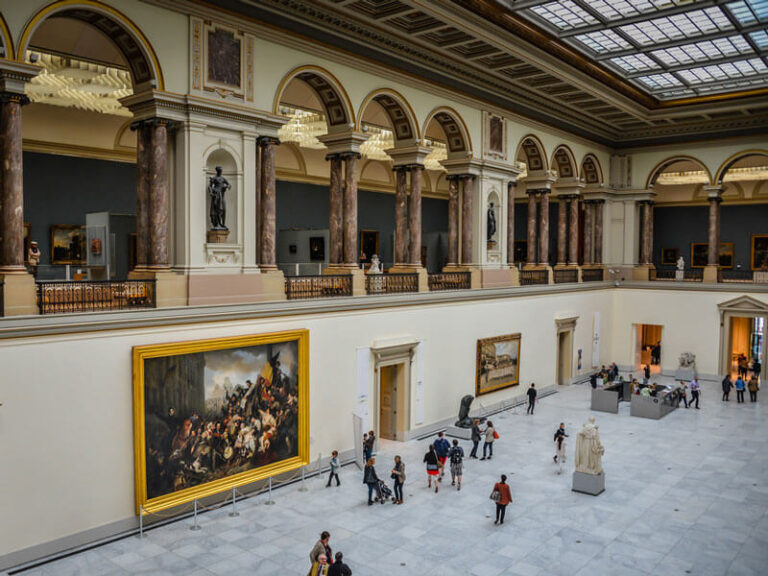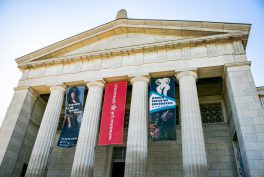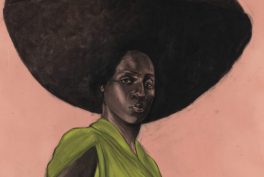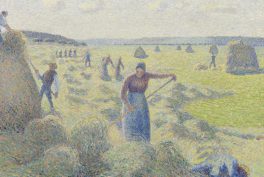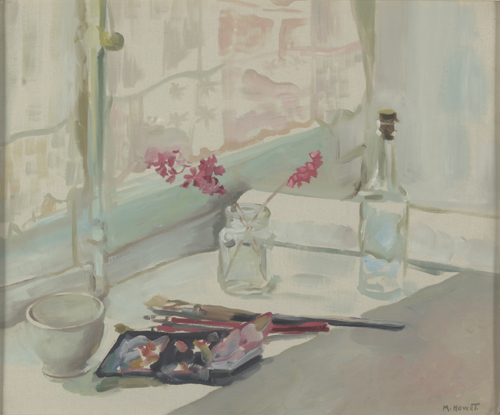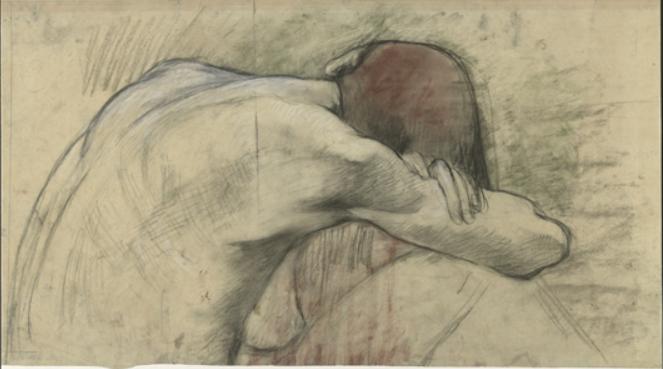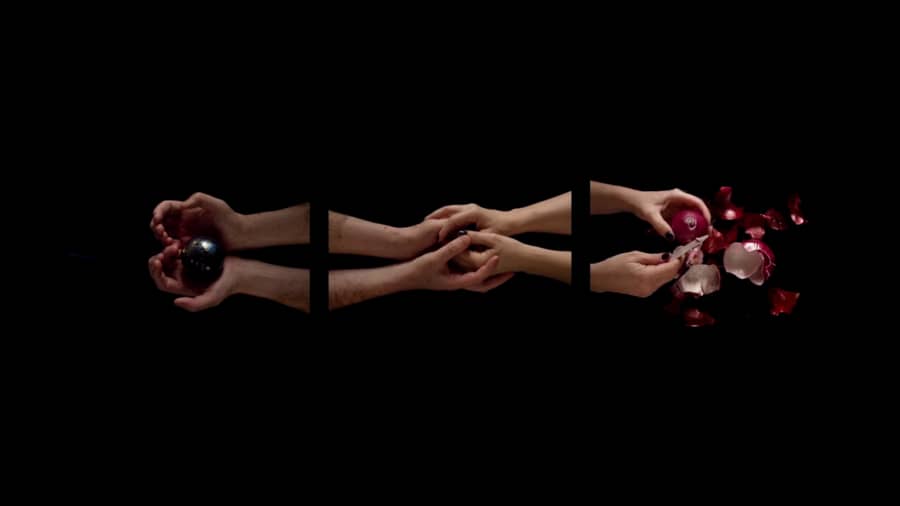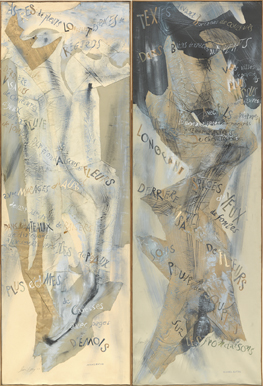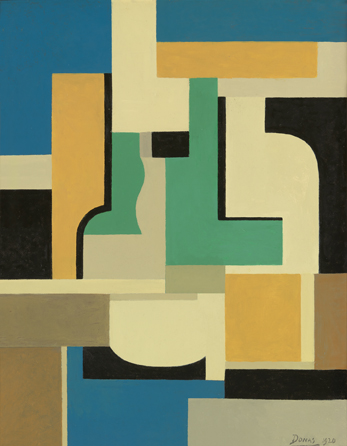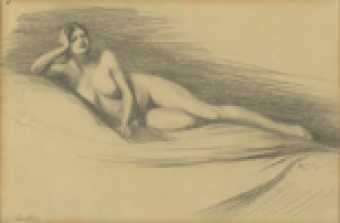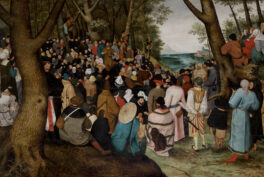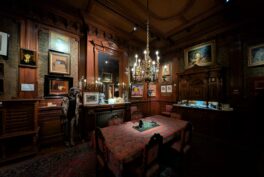Royal Museums of Fine Art of Belgium: Staff Picks
Still Life by Marie Howet
Lucile Duval | Shop Manager of the Magritte Museum Shop
“I love the Expressionist painting Still Life by Marie Howet (1897-1984), for the lightness and “douceur de vivre” inspires me. It feels like a suspended moment in time. It is a still life, which one usually associates with stillness and dullness, but nevertheless, the composition seems to bathe in a glowing light coming from the windows. You could even mistake the oil for aquarelle, the light and the lightness of the materials being so ethereal. It’s fresh, delicate and vibrant, as was Marie Howet, who had a passion for art and life.”
Reclining Woman by Alix d’Anethan
Gaëlle Dieu | Exhibition Coordinator
“I’ve discovered Alix d’Anethan (1848-1921) thanks to the Women Artists/Femmes Fatales & Objectified Women exhibition by our curator Inga Rossi Schrimpf at the Fin-de-Siècle Museum in 2019-2020. I’m touched by her drawings, an artistic medium that speaks to me. I find [it] very interesting to look at feminine and masculine bodies through the eyes of a woman instead of the usual “male gaze”. Like many of her female peers from the 19th century, Alix d’Anethan couldn’t pursue an academic curse, this being reserved for males, and she studied her art with private teachers or in private studios. Not unlike many women artists, d’Anethan’s work (acquired in 1924) has long lain unmoved in the museum’s storage.”
You said Love is Eternity by Agnès Guillaume
Amélie Jennequin | Communication & Marketing Manager
“I’ve fallen into contemplation looking at the work of Agnes Guillaume (b. 1962) You said Love Is Eternity. It’s a contemporary video work that puts me in deep awe and wonder, it is both hypnotic and poetic, and at the same time very melancholic. I’m happy to see women artists joining our permanent collections.”
Poem-canvas based on Michel Butor’s texts F VI a and F VI b by Anna Staritsky
Valérie Haerden | Collection Registrar
“I’ve chosen a poem canvas from Anna Staritsky (1908-1981) because I love abstract paintings where you can feel the rawness of the artist’s intention. It is a collage with delicate drawings where one can read poetic words written by the artist: plages de regard, plus écumes de caresse avec pages d’émois, which are based on Michel Butor’s texts. The writer used to say about Staritsky that she “dreamed the words as she dreamed the other materials”. Even though she lived in Brussels for a long time, people have barely heard of her.
Abstract Composition nr. 5 by Marthe Donas
Odile Keromnes | Photographer for the Digital Museum
“I’ve chosen this work by Marthe Donas (1885-1967) as Abstractionism is one of my favorite artistic movements: geometrical shapes and color! The place occupied by women artists in abstractionism is undeniable. I have learned not so long ago that the origin of abstractionism, which is still widely attributed to Kandinsky, actually emanated from Hilma af Klint, a Swedish painter! Women artists exist, we just “forgot” about them.”
Lying Nude nr. 1 by Marthe Donas
Myriam Dom | Museum Guide for All Audiences (French Sign Language)
“Marthe Donas is one of the first Abstractionism painters from the 1920s, as you understand from the series of drawings Lying Nude nr. 1, 2, 3 and 4. Donas had to invent a parallel identity to achieve the recognition of her peers as an artist. When she turned 34, the art world chose to refer to her as TOUR DONAS or TOUR DONASKY. Male artists preferred to give her this mysterious nickname, which could be mistaken for a man’s name, and which “fitted” her rigorous (in other words manly) painting better.”
